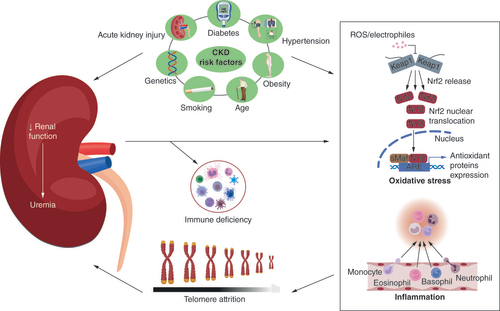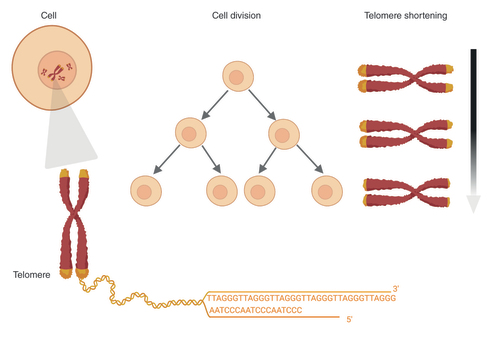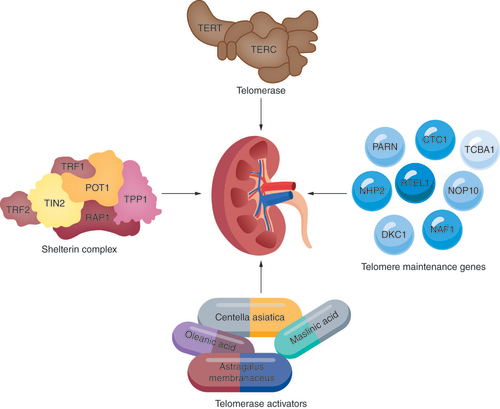Figures & data
Table 1.
Studies of associations between telomeres and chronic kidney disease.



